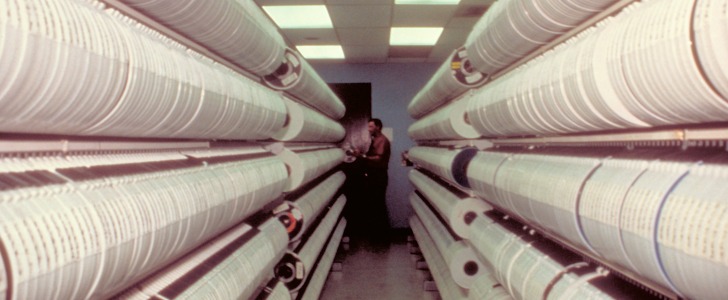For years the U.S military has been using unmanned aerial vehicles, also known as UAVs or drones, to dominate its enemies. Being used frequently for such purposes as surveillance, transportation, and armed attacks, drones have come to play a predominant role in America’s conflicts in the Greater Middle East.
They provide the U.S military with an incredible advantage over its enemies, and while several incidents have drawn questions to their moral and legal standing, the majority of Americans approve of drones being used against foreign threats. The foreseen deployment of drones over the U.S mainland, however, has been met with decidedly less approval from American citizens.
Because of the numerous applications that drones can be used for it’s no surprise that so many agencies and organizations in the U.S have begun using them. The unparalleled surveillance capabilities that drones possess have drawn the attention of several law enforcement agencies as well as agencies within the Department of Homeland Security (DHS). When equipped with the appropriate systems, drones are capable of tracking criminals on foot or in vehicles, scanning and recognizing faces, patrolling crime scenes and borders, and so much more with a speed and efficiency that can’t be matched by humans alone.
It’s believed that with these systems, drones will be able to drastically improve the safety of American citizens while also saving time and money for the agencies that use them.
Though the potential that drones possess for government agencies is impressive, the potential they possess for private organizations is infinitely more so. From emergency medical supplies to delivery pizza, drones could be used to deliver whatever you need, wherever you need it, whenever you need it. Their uses aren’t limited to just surveillance and transportation, though. A single drone could be used to scan thousands of acres of land for minerals, create a 3D map of the entire landscape, and gather data on the composition of the earth, air, and water all within a matter of hours.
Drones could revolutionize everything from urban development to environmental research. The potential is astounding. I could write for hours about the many ways drones could be used to improve society. But if drones are so amazing, why are people so afraid of them?
There are many reasons why people are so cautious when it comes to drones, the foremost being that every increase in our safety presents a threat to our privacy. If history has shown us anything, it’s that those in power will always seek to gain more power. The U.S government assures its citizens that it only tracks those that are deemed to be potential threats, but the requirements for someone to be considered a potential threat are becoming increasingly vague, left to the interpretation of those protecting us. Oppression is often hidden behind promises of freedom. Are these things truly necessary for our safety as the government claims? The line between necessity and convenience is hard to distinguish, and those in power are sure to muddle the distinction further.
Benjamin Franklin once said that any society that would give up a little liberty to gain a little security will deserve neither and lose both. How much of their freedom and privacy are American citizens willing to put at risk? Millions of people recognize the threat posed by the deployment of drones over the U.S mainland, and their representatives in the government have acted on these concerns. Politicians in over half the states have put forth bills that aim to regulate the use of drones and protect the peoples’ privacy. The deployment of drones in the U.S is inevitable, but the future they bring will be determined by what the people allow.
“But you must remember, my fellow-citizens, that eternal vigilance by the people is the price of liberty, and that you must pay the price if you wish to secure the blessing. It behooves you, therefore, to be watchful in your States as well as in the Federal Government.” — Andrew Jackson, Farewell Address, March 4, 1837




